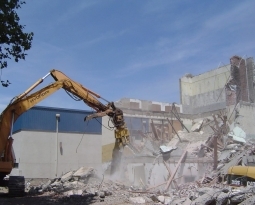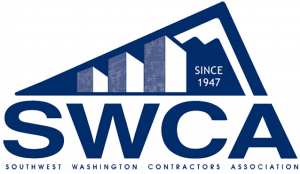3 Kings Environmental: Underground Storage Tanks Hold Risk for Owners
What is a UST?
According to the Environmental Protection Agency (EPA), there are more than 550,000 underground storage tanks (USTs) in the United States holding petroleum products or other hazardous materials. If not cared for correctly, these UST pose a substantial environmental and public health risk. As a result, UST owners are subject to strict environmental regulations and may be liable for mitigation costs in the event of a tank failure. UST owners should be aware of the risks and regulations and determine if maintaining their UST is worth this extra responsibility.
What Risks do USTs Hold?
Until the mid-1980’s, most USTs were made of bare steel, which makes them very susceptible to corrosion. Once the UST structure is compromised, the hazardous materials contained inside can leak into the surrounding environment. The greatest risk is that petroleum or other hazardous materials will leach into the soil and contaminate groundwater, which nearly half of all Americans rely on for their drinking water.
Corrosion isn’t the only risk, however. Improper maintenance, negligence, and operator error can also result in environmental leaks. So UST owners and operators bear great responsibility to ensure their tanks remain in good condition.
What are the Responsibilities of UST Owners?
In 1988, the EPA issued UST regulations designed to mitigate these environmental risks. The regulations — revised in 2015 — are divided into three sections: technical requirements, financial responsibility, and state program approval objectives.
The technical requirements are designed to “reduce the chance of releases from USTs, detect leaks and spills when they do occur, and secure a prompt cleanup.” The financial responsibility regulations ensure that “in the event of a leak or spill, an owner or operator will have the resources to pay for costs associated with cleaning up releases and compensating third parties.” The state program approval objectives allows state UST programs to operate in lieu of federal EPA programs.
It’s important to understand that a tank doesn’t have to exist fully underground to be subjected to these UST regulations. The Environmental Protection Agency (EPA) defines an underground storage tank (UST) as “a tank and any underground piping connected to the tank that has at least 10 percent of its combined volume underground.”
Certain kinds of USTs are exempt from these program requirements, but it often depends on size, use, and location. And even if a tank is exempt from the federal program, it could still fall under state regulations. Regardless, UST owners face extreme regulatory and liability responsibilities and it’s in their best interest to fully understand them.
Decommissioning USTs is a Good Option for Many
These regulatory and liability pressures often make UST decommissioning the most sensible option. However, owners can’t simply dig up their old UST and be done. The EPA and most states have clear processes owners must complete to close their UST. That’s why it’s wise to contract with a knowledgeable environmental contractor that will be familiar with local and federal regulations.
If your UST is located in Alaska, Oregon, Washington, or Idaho, 3 Kings Environmental can help with the decommissioning process. Our team has over 30 years experience removing and decommissioning USTs. If you’d like more information, contact 3 Kings Environmental by phone at 360.666.KING (5464) or by email at [email protected]









